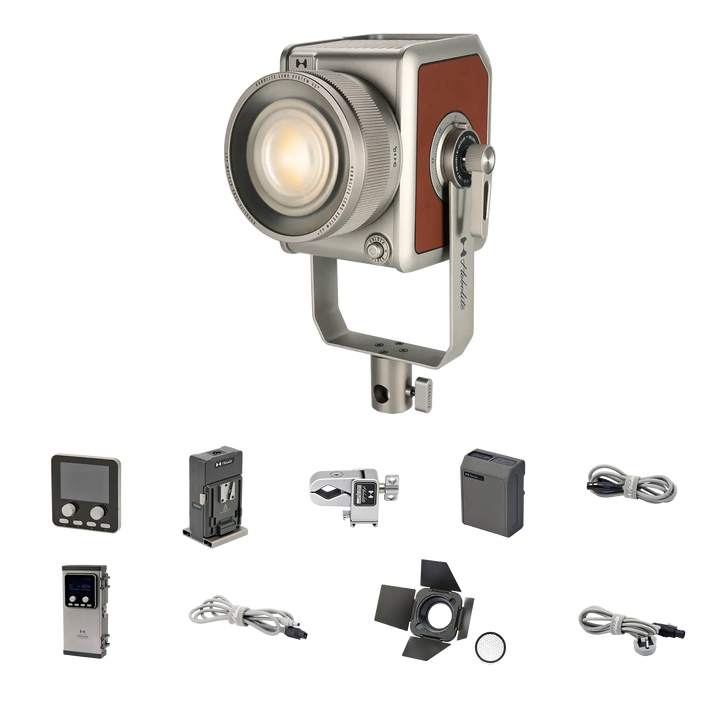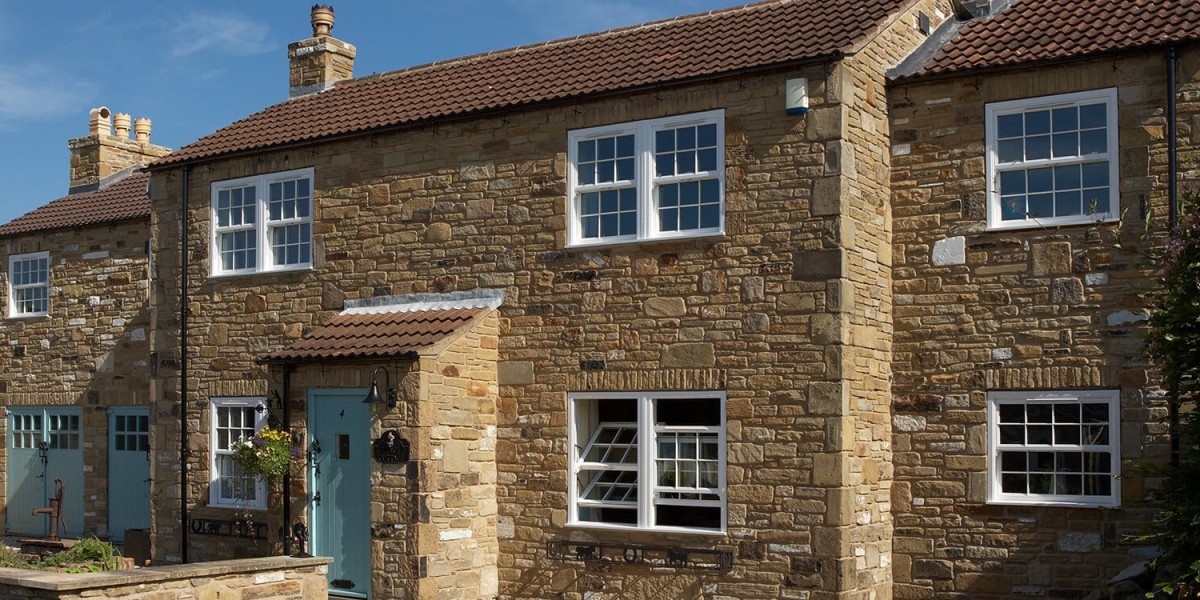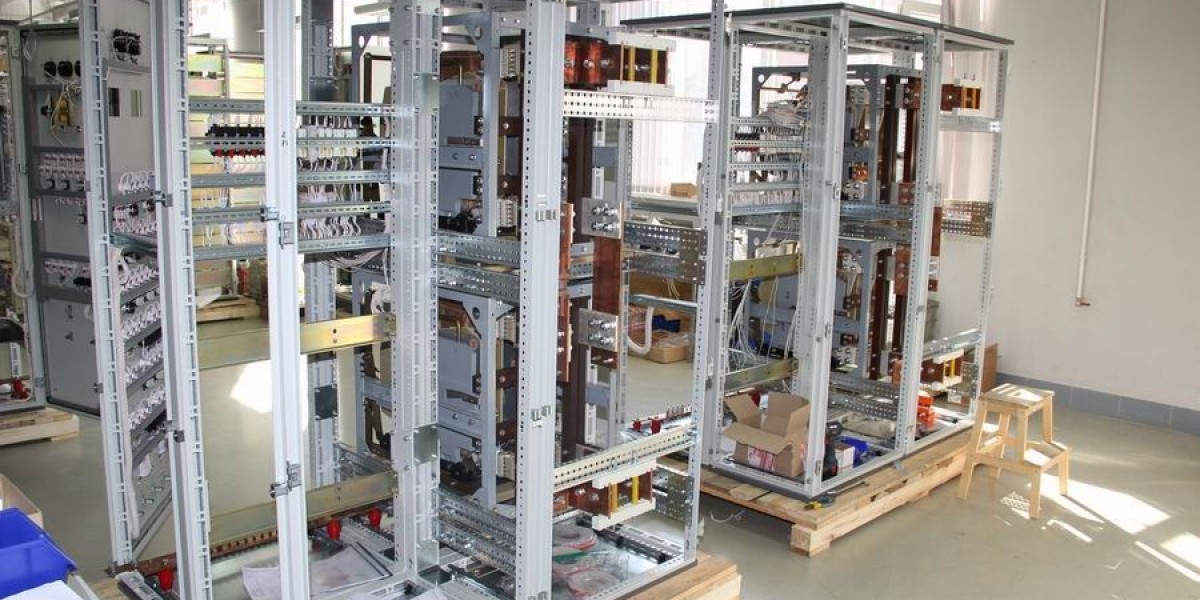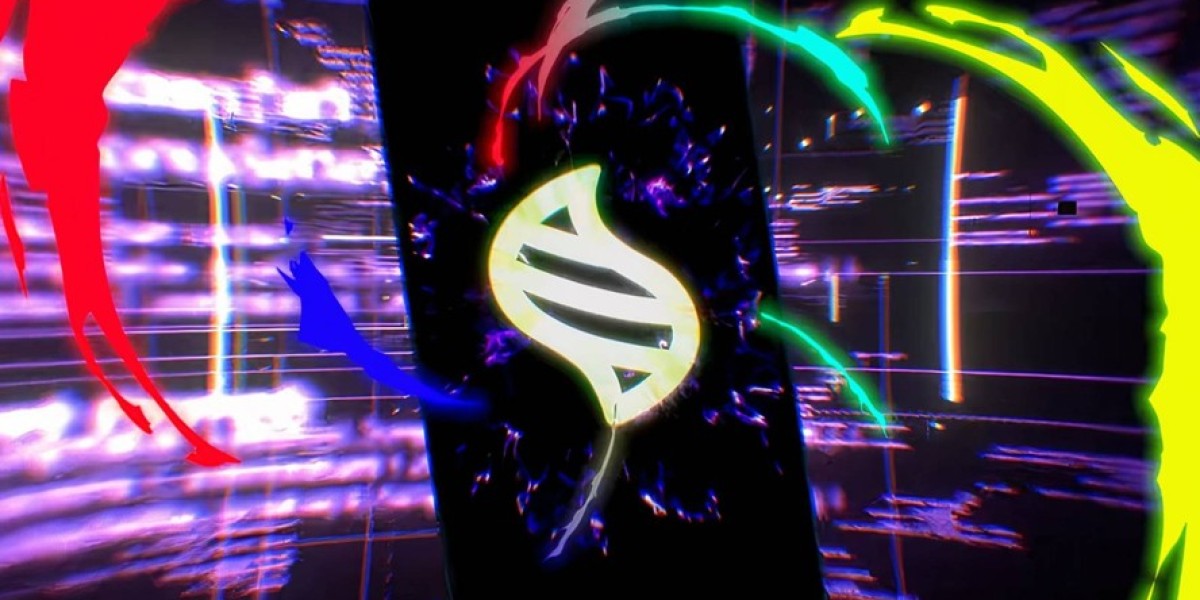Unlock the Secret to Stunning Studio Shots: Discover Your Perfect Lighting
Lighting can make or break a photograph, particularly in studio settings where control over the environment is paramount. Whether you’re a seasoned professional or a budding amateur, understanding the nuances of studio photography lights is crucial to capturing breathtaking images. The right lighting not only enhances the quality of your photographs but also influences the mood, tone, and overall aesthetic of your work. In this article, we’ll explore various types of studio lights, delve into their distinct features, and provide practical tips for choosing the right ones for your needs. By the end, you’ll be equipped with the knowledge to elevate your photography to new heights.

Understanding Studio Photography Lights
Studio photography lights are artificial lighting sources designed specifically for use in controlled environments such as studios. Unlike natural light, which can be unpredictable and varies throughout the day, studio lights offer consistent and adjustable illumination that allows photographers to create the desired effects in their images. There are several types of studio lights available, each designed to fulfill different roles and creative intentions. Understanding the purpose of each type is essential for any photographer looking to enhance their craft. This foundational knowledge will help you make informed decisions about which lighting setups best suit your style and needs.
Types of Studio Photography Lights
When it comes to studio photography lights, there are three primary categories: continuous lights, strobes, and LED panels. Each type has its own unique features and advantages, making them suitable for various photographic applications. Continuous lights provide a constant source of illumination, making it easy to see how shadows and highlights will fall on your subject. Strobes, on the other hand, produce short bursts of intense light, allowing for freezing motion and creating dramatic effects. Lastly, LED panels have gained popularity for their energy efficiency and versatility, providing a range of color temperatures and brightness levels. Understanding these differences will help you select the right lighting for your projects.
Continuous Lights
Continuous lights are a favorite among many photographers due to their ease of use. They provide a steady stream of light, which allows photographers to see the effects in real-time. This can be particularly beneficial for beginners who might struggle with the timing and positioning of flash-based lighting. However, one limitation to consider is that continuous lights can generate heat and may not be as powerful as strobes. Kelley Abbotttheless, they are ideal for shooting video or when you need to capture the intricate details of a subject without interruption.
Strobes
Strobes are another popular choice, known for their ability to produce high-intensity bursts of light. This makes them perfect for freezing action, which is especially useful in fast-paced environments. Strobes can be adjusted for varying power levels, providing flexibility in lighting setups. However, they require a bit more technique to master, as photographers need to synchronize the flash with their camera settings. When used correctly, strobes can create stunning, high-contrast images that are sure to captivate.
LED Panels
LED panels have revolutionized studio lighting due to their versatility and energy efficiency. These lights can easily be adjusted for color temperature and brightness, making them suitable for various styles of photography. They also produce minimal heat, allowing for longer shooting sessions without the worry of overheating. Friends who have transitioned to LED panels often rave about their lightweight design and portability, making them an excellent choice for on-location shoots as well as studio work.
Factors to Consider When Choosing Studio Photography Lights
When selecting studio photography lights, several critical factors must be taken into account. Firstly, your budget will play a significant role in determining what options are available to you. It’s essential to balance quality and affordability, as investing in reliable lighting can significantly impact the quality of your work. Additionally, consider the space you have available; larger setups may require more powerful lights, while compact spaces may benefit from versatile options like LED panels. Lastly, think about the type of photography you pursue. If you often shoot portraits, you may need softbox setups, while product photography might require more focused lighting. By analyzing these factors, you can make an informed decision that aligns with your creative vision.
Comparing Features and Specifications
As you explore different studio photography lights, understanding how to compare their features and specifications is vital. Key elements to examine include light output, color temperature, and portability. Light output, typically measured in watts or lumens, indicates how bright the light source will be. Color temperature, expressed in Kelvin, impacts the warmth or coolness of the light, which can influence the final look of your images. Lastly, portability is essential for photographers who frequently move between locations. By focusing on these specifications, you can select lighting that not only meets your technical requirements but also complements your artistic style.
Choosing the Right Studio Lighting
In summary, selecting the right studio photography lights is crucial for achieving stunning images that resonate with viewers. From understanding the various types of lighting available to comparing their features and specifications, arming yourself with knowledge will empower you to make informed choices. Whether you're drawn to the simplicity of continuous lights, the power of strobes, or the flexibility of LED panels, it's essential to assess your unique needs and preferences. With the right lighting in your toolkit, you'll be well on your way to capturing captivating photographs that truly shine.








